My wife and I live about 15 minutes from a gently flowing river perfectly suited to canoeing, but for a long time we didn’t paddle often because loading the canoe into the truck was a two-person job that took nearly 30 minutes.To make the task easier, I decided to store the canoe above the overhead-door tracks in our 12′-high garage directly above a parking bay. To raise and lower it directly into the truck bed, I installed a worm-drive, double-reel winch. The winch is operated with a cordless drill at the end of a 6′ pole. It’s easy up, easy down, no sweat, and no lines have to be routed from the ceiling and down a wall to a cleat or a winch with a ratchet. The winch is self-locking, making it very safe to use because the boat is locked in place when the worm gear stops turning. Moving the canoe between the ceiling and the pickup is now a one-person job that takes less than five minutes. The winch, suspended from the ceiling from a 4' length of 2x6 board, is operated from the floor. The author made a 6' pole out of copper tubing, with a hook at one end and a square drive at the other. The hook end attaches to the gear of the winch, while the square drive is connected to a cordless drill that rotates the pole and thus turns the winch.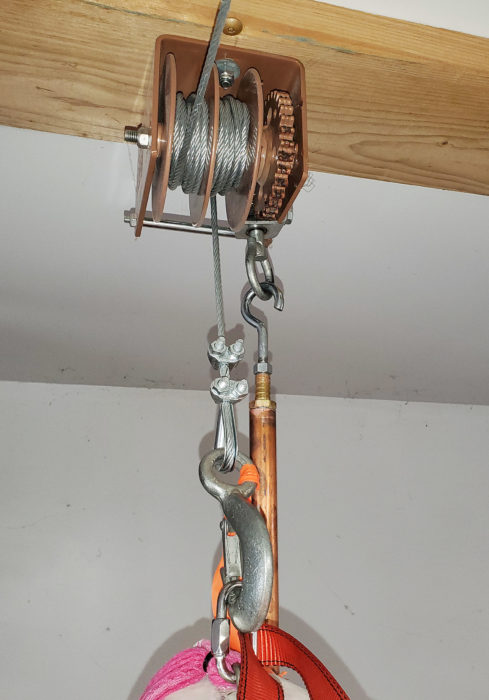 Photographs by the author
Photographs by the author
Join The Conversation
We welcome your comments about this article. If you’d like to include a photo or a video with your comment, please email the file or link.




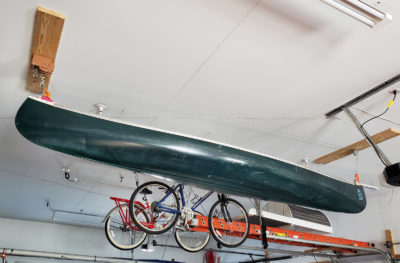

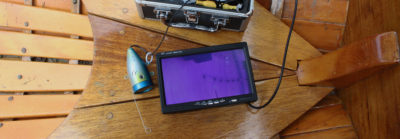
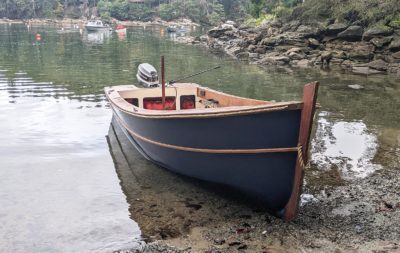
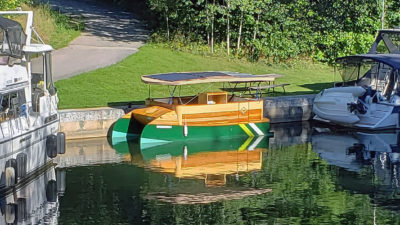

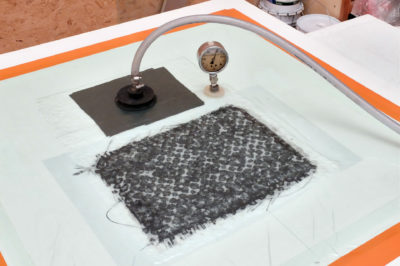
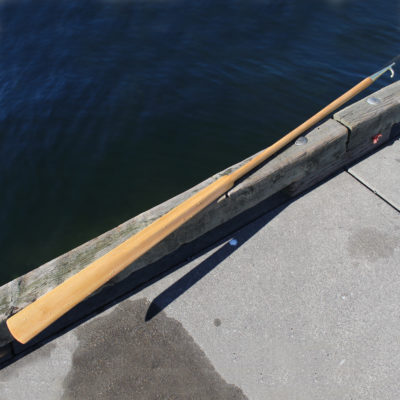

As long as you can manage without it at the launch!
This is nice, certainly easier than the trailer winch I have mounted to a stud in my garage with which I lift several-hundred-pound boats. I might need an upgrade. I have spreader bars and use webbing slings under them as these are wooden boats. To help keep any hogging issues from happening I have a couple of fixed slings that I hook up once the boat is lifted; then I just back off a little bit to let them take some of the weight. They also provide safety.
I had to think about fore and aft placement as my overhead garage doors intrude into the boat space. So I mounted the hoists far enough back from the door so that the door goes over the ends of boat when hoisted. The door is basically in between the boat and the overhead beams. Boat ends up a little lower than I’d like with the bottom only 6′ or so off the garage floor.
With a bit of complex rigging and carabiners, I have set up my winch to be able to handle either one of two boats by transferring the hoisting line.
Neat idea, I’ve often thought of using cordless tools as drive motors for applications like this. I’d want to replace the steel rope on the winch with a synthetic though and downsize the lifting hooks on the ends.
Good call, synthetic rope and downsized hooks would be definite improvements.